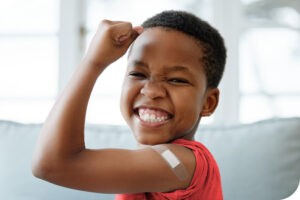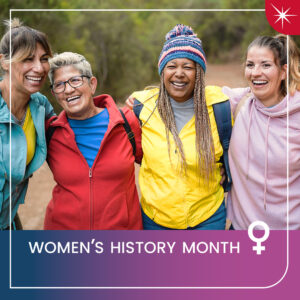Why is HPV vaccination important?
Approximately 32,100 cases of HPV cancers are reported in the United States every year, over 90% of which could be prevented by vaccination.1 HPV cancers include cervical, vulvar and vaginal cancers in women; penile cancers in men; and oropharyngeal and anal cancers in both men and women. Despite gradual increase, vaccination rates remain low. Data from 2017 showed that only about 49% of American adolescents were up to date on HPV vaccination. Improving HPV vaccination rates should be prioritized for preventing cancers and protecting public health.
What are the updated HPV vaccination recommendations?
The Advisory Committee on Immunization Practices (ACIP) updated guidance for Human papillomavirus (HPV) vaccination was published in the Morbidity and Mortality Weekly Report on August 16, 2019.2 One major update is recommending catch-up HPV vaccinations for all persons through age 26 who are not adequately vaccinated. The earlier recommendation for males went through age 21.The other major change is the recommendation for shared decision-making with regard to HPV vaccination for adults aged 27 through 45 who are not adequately vaccinated. Population health benefits are minimal for vaccination in this age group. Discussing HPV vaccination may be considered with persons at increased risk for new infections, such as having a new sex partner. On the other hand, adults who have had multiple sex partners and likely previous infection with vaccine- type HPV are less likely to benefit. Those in a long-term, mutually exclusive sexual relationship are unlikely to acquire new HPV infection.
What HPV vaccination recommendations have not changed?
Routine recommendation for vaccinating adolescents at age 11 or 12 has not changed. Adolescents remain the most important target population. Administering the HPV vaccines prior to exposure to the disease through sexual activity is the most effective strategy of preventing HPV-related cancers.HPV vaccination schedule and dosing have not changed. A 2-dose schedule is recommended in persons who receive their first dose before age 15. The second dose should be administered 6-12 months after the first dose. For adolescents and adults age 15 through 26, a 3-dose schedule is recommended. The second dose should be administered 1-2 months after the first dose; the third dose should be administered 6 months after the first dose.
How to increase HPV vaccination rates?
The CDC provides great resources on boosting HPV vaccination rates.3 Strategies include bundling all adolescent vaccines, accurately answering patient and parents’ questions, and providing personal examples of why you chose to vaccinate adolescents in your family. Maintaining strong provider-patient relationship and providing educational material will also help patients and parents understand the benefits of HPV vaccines.More information on how to increase vaccination rates can be found here cdc.gov/hpv/hcp/boosting-vacc-rates.html.




